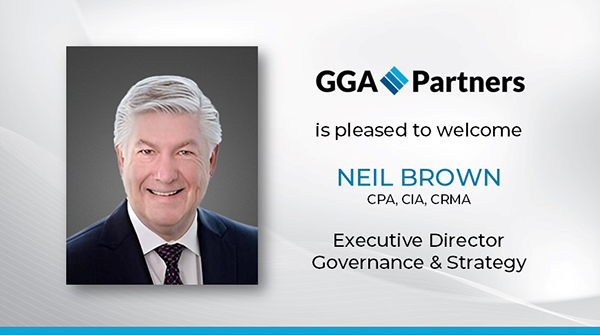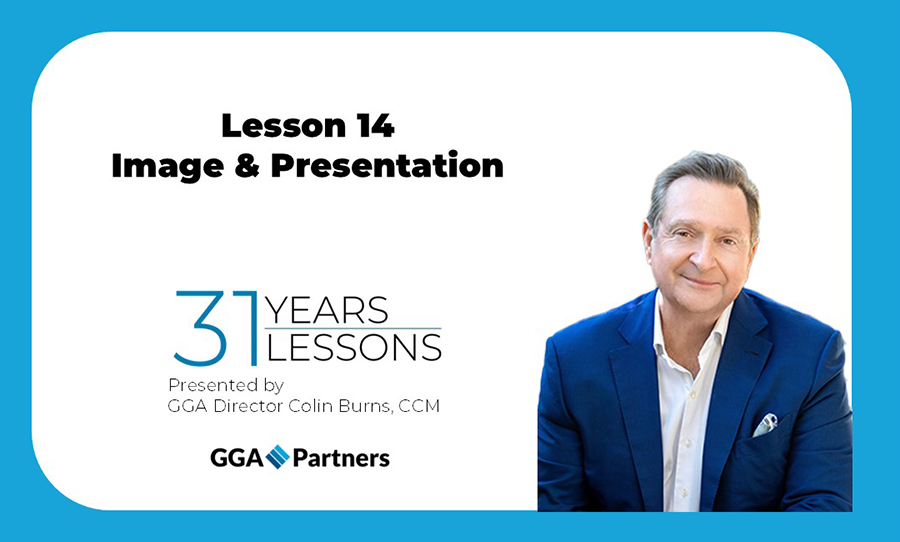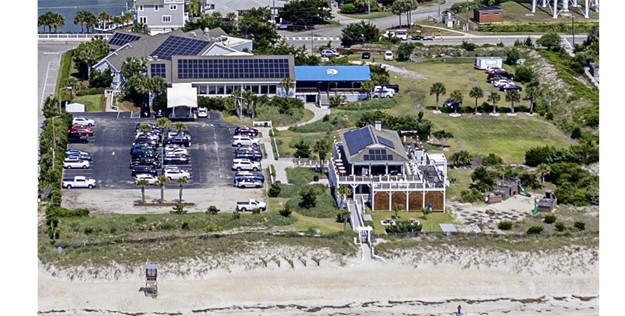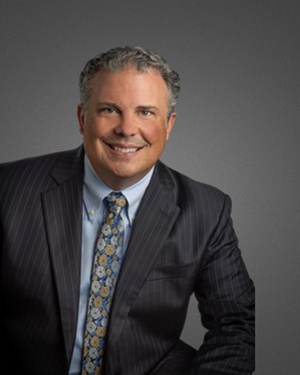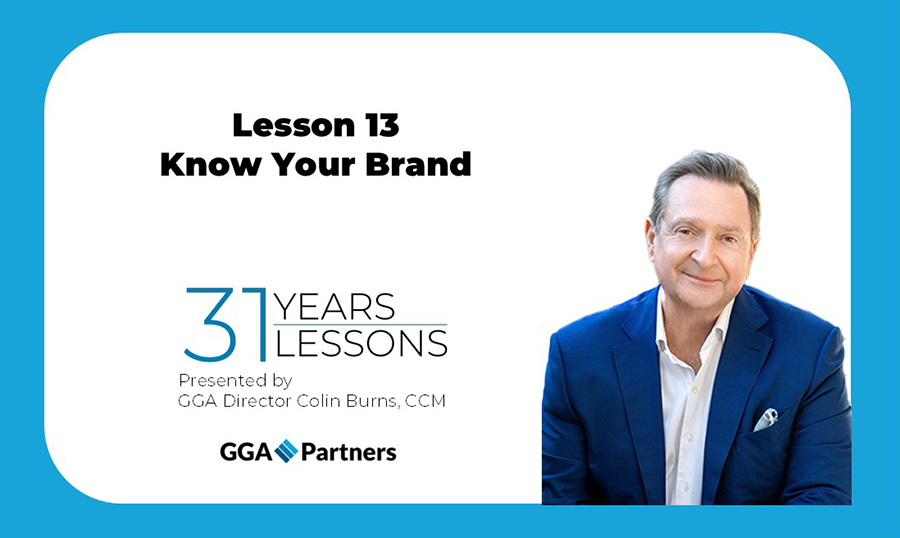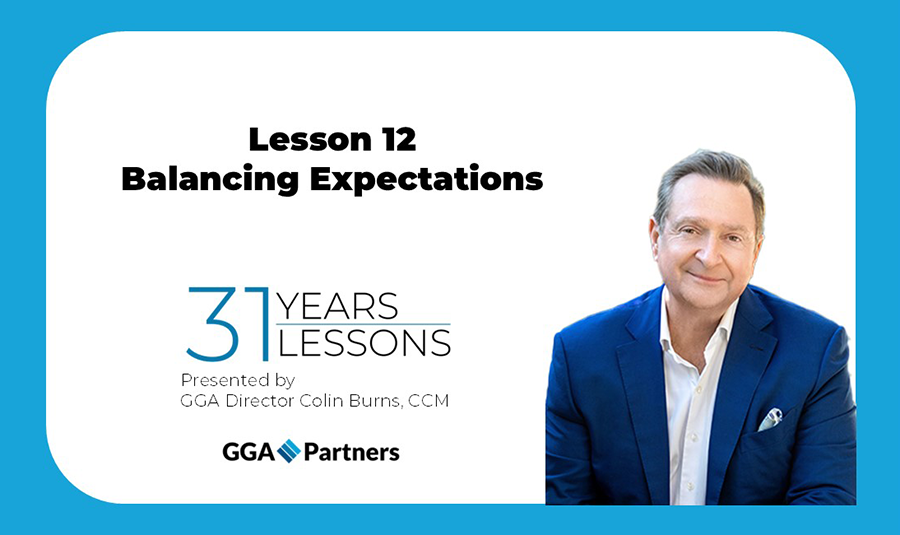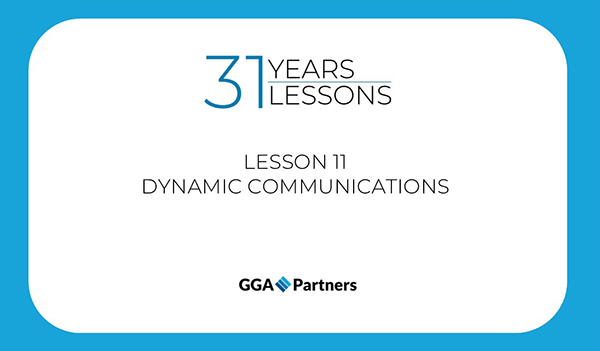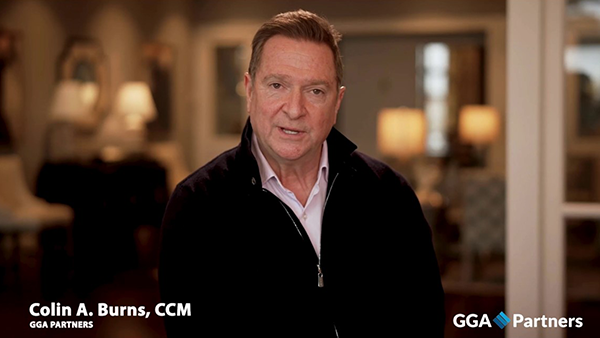No stranger to innovation, Bob Dylan recorded “Like a Rolling Stone” in early summer of 1965 causing Bruce Springsteen to say of the first time he heard it, “[it] sounded like somebody’d kicked open the door to your mind.” The song was innovative and wildly admired in numerous ways and changed popular music for years to come. Innovation seldom comes in such a lightning bolt.
In the wake of a once-in-a-century event like the coronavirus pandemic, what innovations has your club introduced? Some of the most interesting innovations tie to the growing capabilities of artificial intelligence (AI) where performance diagnostics for golf and tennis; where applications of technology are enabling more seamless facial recognition which enable club personnel to eliminate the confounding “what is your number” question; and where advanced cybersecurity can protect private club members’ identities and confidential information. The possibilities are like a rolling stone.Three innovations worthy of consideration for your club:
1. Performance Enhancement Capabilities – One golf swing analysis chamber is not enough, as most clubs have found. Then, two are found to be lacking in most clubs and only when clubs commit to making athletic performance facilities a central feature in their approach to innovation do they prosper.
The reasons most often found in clubs taking this big step are three-fold:
Enthusiastic users are seen by other members as “hogging” the new amenity and, thus reducing others’ enjoyment or experimentation.
The social enjoyment, where groups of golf or tennis enthusiasts gather for informal “leagues” during off-season and inclement weather conditions. The blend of athletic, competitive, social seems to be popular with club members.
The pressure on club boards to find new and interesting activities escalates with each advancement.
Golf training and swing analysis capabilities are exceedingly popular. Bear in mind that a tennis stroke can be analyzed if a golf swing can be. And then, there will be pickleball.
2. Personnel Development Methods –Many club leaders are answering questions about the quality of member services and innovative managers are turning to new-found programs and resources for teaching service capabilities to a higher and more consistent levels.
“To effectively shape training and development initiatives, it’s crucial to incorporate the employee experience,” says Eric Hutchison, PhD, Director at GGA Partners. “Leveraging new technologies alongside established knowledge has unlocked a vast array of training possibilities for enhancing upscale member services.”
How does it feel to be on your own when capabilities are building all around?
3. Emotion-Based Member Activities – Members join clubs for many reasons. Eric Brey, PhD, another Director at GGA Partners, reports, “Club members indicate they are most satisfied with the emotional value they receive from their membership. This value is created from the feelings they have toward their membership.”
Socialization – The desire to interact with friends and family dominates this point of emphasis. Part of the human condition, socialization is one of the basic needs clubs serve.
One of the most impactful innovations in clubs has been the growth of open-air or al fresco dining experiences that emerged responding to Covid-period social distancing guidelines. From this concept, some clubs are capitalizing on open-air member events like a Sunday afternoon picnic which underscores all members desire for a safe setting for activities which bring friends and families together.
Personalized Service – Many members want to be recognized and treated as “special” as part of feeling comfortable at their club. Clubs that provide personal recognition – like being called by name without prompting – fulfill this need of many members.
Wine programs where members’ names are attached to their own bin filled with wines chosen for them. Next-generation ideas emerging bring forward bespoke menus for small member gatherings…think of a catered event on a smaller scale of 10 to 20 members per event.
Who wants to be a complete unknown with no direction home?
Innovation in private clubs is emerging as a platform for market differentiation and competitive advantage. Club leaders who recognize these opportunities provide valuable opportunities for their clubs’ service to members’ needs.
GGA Partner Henry DeLozier penned this article.


